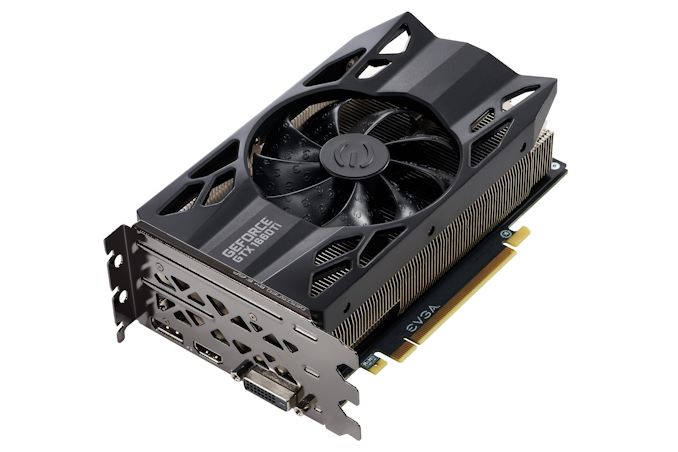The ram limitations, among other things, are a clear bottleneck. But animation still needs to be pushed forward, not limited even more for the sake of marching into ever more limited return on investment visuals like geometry detail.
Proxy meshes offer a workaround for this.
Tetahedron meshes,
used as cages, offer an interesting prospect of simplifying transforms and reducing ram usage while manipulating ultra high detail models for animation at the same time.
Cage deformers are interesting, but regarding character animation they miss to address the real problem, similar to volumetric offline skin simulation methods using tetrahedralization. Eventually the deformation is smooth across cage faces, eventually it does some volume preservation, but it still misses to simulate the underlying bone and muscle movements and sliding of skin to give anatomically correct results.
I do not think offline rendering has solved this either. At least not in Disney / Pixar movies, where they get away with non realistic results due to cartoon artstyle.
There are good results coming from full body simulations. But that's not only expensive to run, it's mainly the huge amount of work to set it up making it unpractical. Modeling all bones and muscles and understanding how various joints work in detail keeps you busy at least for months, if not years.
Currently ML methods promise a practical solution. But to me this rather feels like a minor improvement with questionable accuracy and performance.
I agree state of the art is terrible and it's embarrassing we keep failing to get this right. Artists came up with workarounds using a good set of extra bones. But results are acceptable only because there is nothing better to see, and failure cases on acrobatic poses are still more a monstrosity than human.
Maybe i'm more sensual to this than average people, but i doubt it, because we all are used to pay close attention on anatomical correctness.
That's also one of the first problems i tried to address again and again over the years. Currently my solution is kind of deformation patches made from decoupling twist and swing motion of joints. Works pretty well. It can do sliding and volume preseravtion based on artist setup, which is some work but not too much if i create proper tools. Runtime cost is similar to matrix palette skinning.
But i still want bone and muscle collisions as well for details, so i need to do the tedious work to set up virtual Adam and Eve base characters. Finally there exists some proper reference data:
https://www.z-anatomy.com/
So i could get started. But i have to finish some other things first, so probably i'll be dead before i get back to this...

That said to point out the main problem here can't be solved with some fancy deformation method alone, and runtime performance is not the main problem either.
The first problem is how to model the complexity of the human body with some acceptable effort.
Beside this, i don't see any other animation issues in games. We can animate mechanical machines made from rigid bodies easily. We could improve foliage waving in the wind with large scale fluid simulation if desired (which i doubt).
Hair and cloth also are just performance problems but not too difficult if we can afford the cost.
either store the deformation beforehand (which costs storage and bandwidth) or animate a proxy and deform at runtime (which costs compute).
Regarding compute costs, worth to mention this increases now if we need some kind of acceleration structure, e.g. the BVH used for RT or Nanite.
Personally i do not understand why Nanite does not support deformation. The easiest way would be to make the bounding volume per node large enough it still bounds all potential animation.
After that, node positions just need to be deformed like the mesh vertices, and there is no need to update parent bounds by looking at their child nodes, which creates a expensive barrier per tree level.
But i also don't think missing deformation support is a big limitation for Nanite. Starting with rigid transforms is reasonable and makes sense, and i guess they keep lifting limitations with time.






